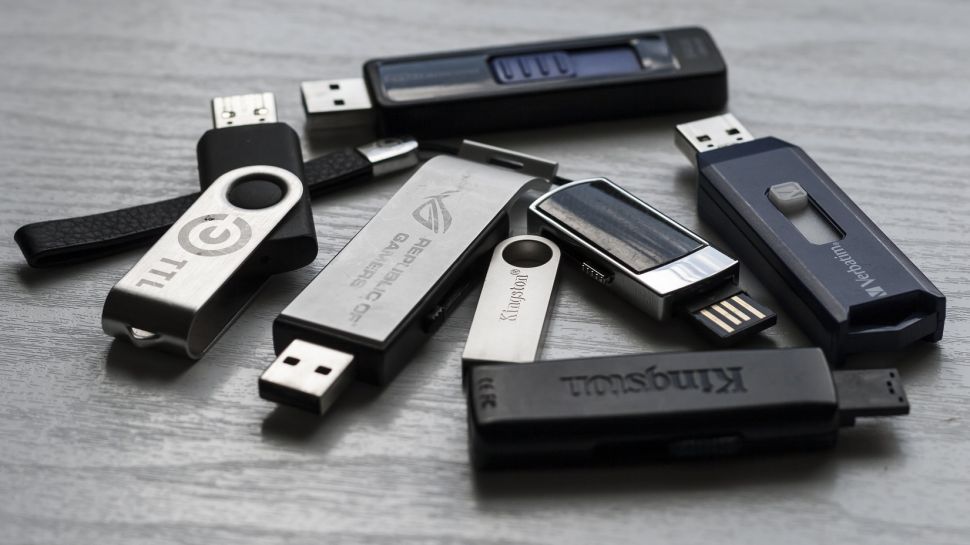300TB SSD are coming soon, but they will be shockingly expensive
Pure Storage expects to sell 300TB Flash modules within next few years

It’s been almost five years since Nimbus Data unveiled its $40,000, 100TB Exadrive 3.5-inch SSD.
Now Pure Storage, one of the stalwarts of AFA (All Flash Array) storage, has disclosed plans to build a 300TB Flash drive within three years.
Pure CTO Alex McMullan showed a chart to Blocks & Files that reveals Pure’s plan to launch a 300TB DFM (Direct Flash Module) by 2026, putting it far ahead of 40TB hard disk drives expected to be launched that year.
Next level
Now a DFM is not your usual SSD; you won’t be able to take one of these and slot in your workstation or business PC.
Instead, you have to buy an entire system, and they don’t come cheap. Pure Storage launched its FlashBlade//E on March 1 2023, and while it costs only $0.20 per GB, the minimum purchase order is a staggering 4PB (or $800,000), not your usual portable SSD, or NAS for that matter.
Pure says although the new offerings are more expensive, compared to HDD alternatives, FlashBlade//E uses far less power and space, is up to 20x more reliable, generates less than a sixth of the e-waste and has a 60% less operational cost.
The race to Petabyte
The newly-launched product uses 40 x 48TB DFMs per chassis (working in pairs to get to 4PB). 300TB DFMs would bring total capacity to 12PB, a near-sevenfold improvement that can be achieved by hoping that the likes of Samsung and Solidigm increase the number of NAND layers to around 500.
Sign up to the TechRadar Pro newsletter to get all the top news, opinion, features and guidance your business needs to succeed!
Other ways of increasing capacity would be by increasing the physical size of DFMs and moving to PLC (Penta-layer cell), the successor of mainstream QLC, a technology that is currently being tested and likely to be rolled out in 2023.
One thing is sure though, hard disk vendors are having a hard time keeping up with the rate of progression of solid state storage. Seagate has yet to roll out (officially) its Exos X22 22TB hard disk drive (it’s in the wild but unannounced) and there’s no sign of that elusive 26TB hard disk drive that Toshiba promised in its 2022 Financial year (one that ends in 29 days). Western Digital is the only hard drive vendor that is shipping 22TB drives en masse with its datacenter-only 26TB drive being the largest hard disk drive currently available.
Extra high capacities will drive down prices of SSD per TB even lower while increasing the average capacity of an SSD. 2TB is currently the sweet spot for consumer-grade SSD and with prices likely to fall under $0.04 per GB. Right now the cheapest new hard disk drive per capacity is a 14TB enterprise drive with a per GB price of $0.14, about a third of the lowest-priced SSD.
While the technology espoused by Pure Storage - i.e. having actual SSD - will survive in the enterprise realm, one might see that the writing is on the wall for both discrete RAM and SSD in the consumer/end user/client market with economies of scale and performance gains dictating that memory and compute should be closer.
And based on what we’re seeing in the market (AMD’s recent announcement and Apple M1/M2 series), it’s only a matter of time before we see storage brought either in the package or on die.

Désiré has been musing and writing about technology during a career spanning four decades. He dabbled in website builders and web hosting when DHTML and frames were in vogue and started narrating about the impact of technology on society just before the start of the Y2K hysteria at the turn of the last millennium.